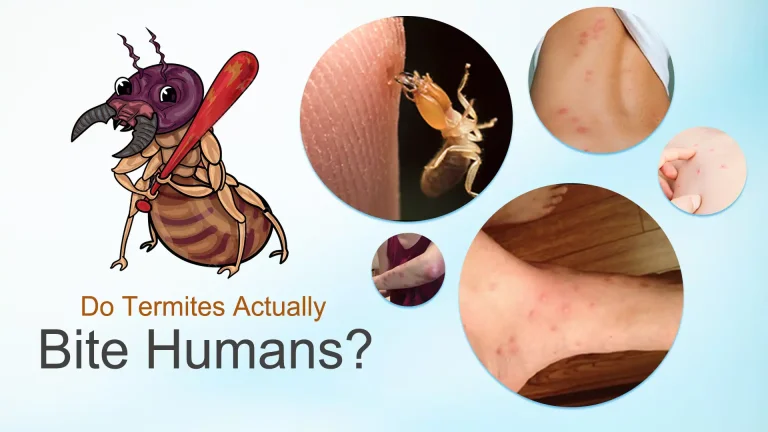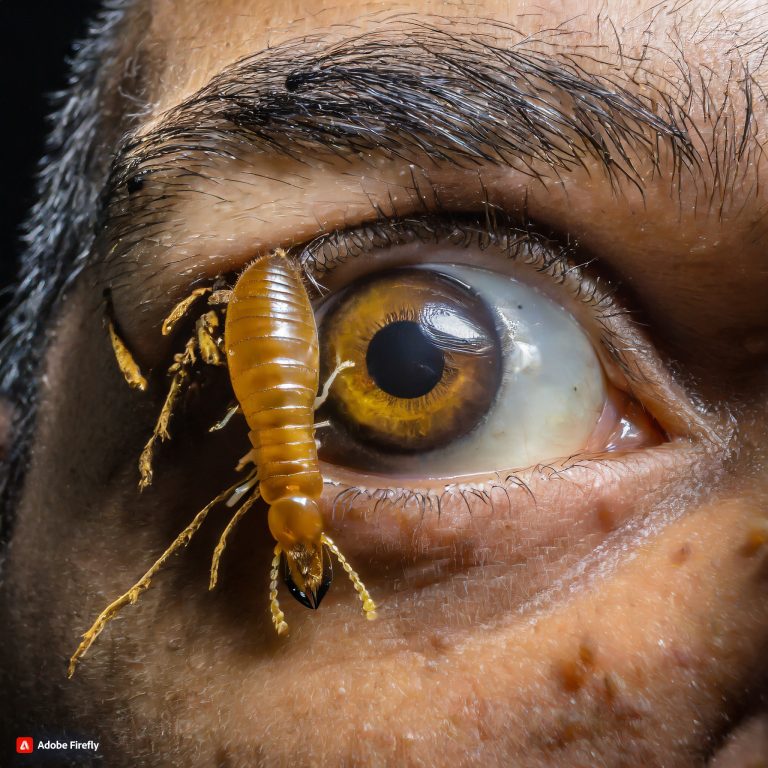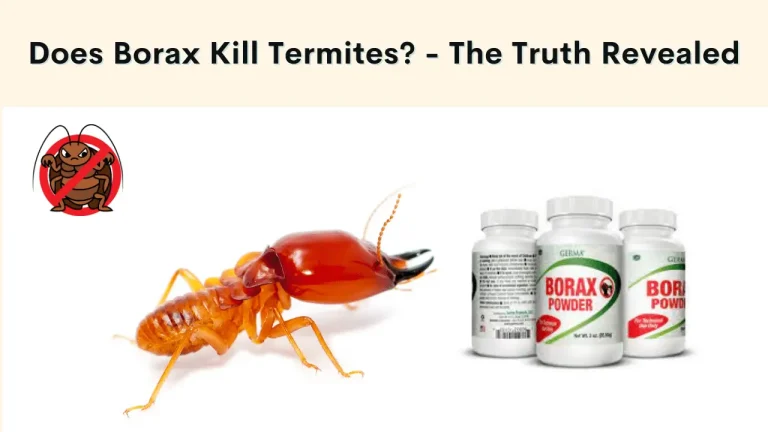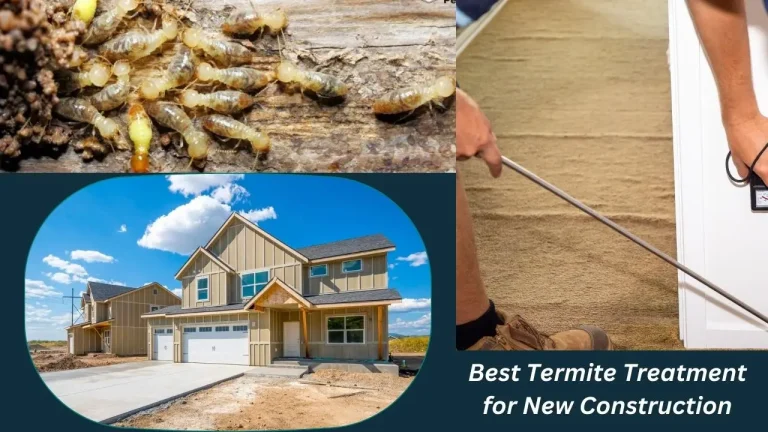25 Fascinating Facts About Termites
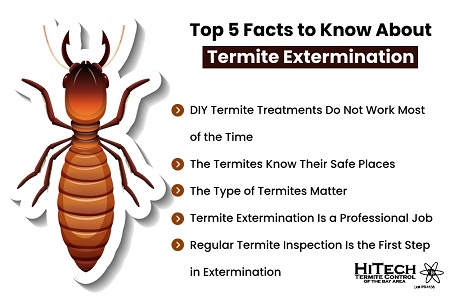
- 1. There Are Over 2,700 Termite Species Worldwide
- 2. Termites Have Existed for Over 250 Million Years
- 3. Termites Cause Billions in Property Damage Each Year
- 4. Some Termite Mounds Reach Over 30 Feet Tall
- 5. Termites Live in a Complex Caste System
- 6. Termite Queens Can Lay Up to 30,000 Eggs Per Day
- 7. The Largest Termite Colony Reached 3 Million Members
- 8. Soldier Termites Have Explosive Defenses
- 9. Termites Help Decompose Dead Trees
- 10. Termites Eat a Lot More Than Just Wood
- 11. Certain Species of Termite Are Edible
- 12. Termites Avoid Sunlight
- 13. Ants Are the #1 Predator of Termites
- 14. Termites Cost the World Economy $40 Billion Annually
- 15. Termites Use Vibrations to Communicate
- 16. Termites Have Existed Since Before Dinosaurs
- 17.worker Termites Don’t Recognize Their Own Brothers
- 18. Certain Species Have Termite Kings
- 19. Termites Spend Most of Their Lives Hidden in Colony
- 20. Termites Have a Sophisticated Chemical Communication System
- 21. Termites Have No Eyes
- 22. Termites Are Extremely Hygienic Insects
- 23. Termites Build Both Subterranean and Aerial Nests
- 24. Termites Rival Humans in Biomass
- 25. Certain Termite Species Glow in the Dark
- The Basics: Termite Facts Every Homeowner Should Know
As a homeowner, you’ve probably heard of termites. But how much do you really know about these creeping and crawling insects beyond the fact that they eat wood?
Termites have some surprising abilities and traits that make them a unique pest. Understanding more about various termite species can help you better protect your home.
Get ready to learn some mind-blowing facts about what makes termites tick. We uncovered 25 unbelievable facts about termites that just might change how you see them!
1. There Are Over 2,700 Termite Species Worldwide
While we commonly lump them all together as “termites”, there are actually over 2,700 termite species globally across 7 different families. The most common varieties that infest homes in North America belong to the Rhinotermitidae (subterranean termites) and Kalotermitidae (drywood termites) families.
2. Termites Have Existed for Over 250 Million Years
Termites have been around since the time of the dinosaurs! Fossil records show termite lineage dating back to the Cretaceous period. They are one of the oldest insect species on earth.
3. Termites Cause Billions in Property Damage Each Year
In the U.S. alone, termites cause over $5 billion in property damage per year. Left unchecked, they can eat away the wood structure of homes and buildings, leaving nothing but a thin exterior shell. Preventing infestations is crucial.
4. Some Termite Mounds Reach Over 30 Feet Tall
Depending on the species of termites, the mounds housing their colonies can vary greatly in size and shape. Some tropical species in Africa build enormous mounds up to 30 feet high and 20 feet wide!
5. Termites Live in a Complex Caste System
Termite colonies are structured as sophisticated caste systems with specialized groups including workers, soldiers, king and queen, and reproductive termites. Each caste has defined roles.
6. Termite Queens Can Lay Up to 30,000 Eggs Per Day
A single termite queen can lay a staggering number of eggs daily. Queens of the species Macrotermes bellicosus produce around 30,000 eggs per day. With this rate, a colony’s numbers can explode rapidly.
7. The Largest Termite Colony Reached 3 Million Members
The biggest termite colony on record contained over 3 million termites living across 45,000 mounds over 2,200 acres of land! That’s more termites than people living in Chicago.
8. Soldier Termites Have Explosive Defenses
When a soldier termite detects a threat, it will violently rupture its body as a sacrificial suicidal defense, spraying the enemy with toxic fluids from its burst abdomen.
9. Termites Help Decompose Dead Trees
While problematic in homes, termites serve an important ecological role by efficiently decomposing dead tree matter and recycling nutrients back into the soil. Their digestive systems harbor symbiotic microbes that break down cellulose.
10. Termites Eat a Lot More Than Just Wood
It’s a common misconception that termites only eat wood. Their diets also includes sources of cellulose like foliage, roots, fungus, cotton, paper and even wallpaper.
11. Certain Species of Termite Are Edible
Some indigenous peoples practice entomophagy – the consumption of insects. Several termite species are prized as food sources high in essential nutrients. Roasted termites contain vital iron and protein.
12. Termites Avoid Sunlight
As nocturnal creatures, termites build tunnels and send out workers to forage for food primarily at night. Since they prefer darkness, spotting termite tunnels extending from soil up into sunlight is a warning sign.
13. Ants Are the #1 Predator of Termites
Ants and termites have an antagonistic relationship. Ants will attack termite colonies to eat their brood, eggs and winged reproductives. Termites have specialized soldiers just to fight off ants.
14. Termites Cost the World Economy $40 Billion Annually
Beyond property damage, termites take a huge toll on agriculture. Their collective damage to crops adds up to $40 billion per year globally.
15. Termites Use Vibrations to Communicate
Sensing vibrations is key to termite communication. Soldiers bang their heads to warn of threats. Workers also vibrate wood with their bodies to attract other termites to food sources.
16. Termites Have Existed Since Before Dinosaurs
Fossil records indicate primitive termites first emerged during the Late Carboniferous period over 300 million years ago, long before dinosaurs roamed.
17.worker Termites Don’t Recognize Their Own Brothers
While devoted to the colony overall, worker termites can’t distinguish between siblings. They identify each other through passing chemical signals like ants.
18. Certain Species Have Termite Kings
In addition to a queen, some termite groups also have a reproductive male king. Kings serve the sole duty of mating with the queen to fertilize her eggs.
19. Termites Spend Most of Their Lives Hidden in Colony
The average worker termite lives 2 to 5 years and will spend almost its entire life inside the nest aside from occasional foraging trips. Many never see sunlight before emerging to swarm.
20. Termites Have a Sophisticated Chemical Communication System
From identifying caste to signaling threats, termite communication heavily relies on complex pheromones and chemical secretions. Receptors on their antennae pick up these chemical cues.
21. Termites Have No Eyes
Most termite species are completely blind, including workers and soldiers. Only reproductive termites develop compound eyes once they reach the swarming and mating stage.
22. Termites Are Extremely Hygienic Insects
Inside their tunnels, termites fastidiously groom each other to remove any mold or fungi. This hygiene prevents contagious disease from spreading through colonies.
23. Termites Build Both Subterranean and Aerial Nests
Depending on species, termite nests are constructed both above and below ground. Dampwood termites favor aerial nests inside rotted logs while subterranean termites build networks of underground tunnels.
24. Termites Rival Humans in Biomass
The total combined weight of all termites on earth is estimated to equal 445 million tons. In comparison, the global human biomass is only 350 million tons.
25. Certain Termite Species Glow in the Dark
Some species of termites in Puerto Rico and Asia have bioluminescent properties. Soldier and worker termites glow to help attract food sources and communicate.
Now that you know these 25 fascinating facts about termites, you likely have a newfound appreciation for these complex creatures. While still a formidable household pest, seeing termites in a whole new light can help you better understand how to protect your home.
The Basics: Termite Facts Every Homeowner Should Know
3 Most Common Types of Termites That Invade Homes
The three major varieties of termites that homeowners encounter are subterranean, drywood, and dampwood termites. Each has different habits – subterranean termites form large underground colonies while drywood and dampwood termites nest inside wooden structures. Knowing which type you’re dealing with is key for control.
4 Key Signs of Termite Infestations To Watch For
Keep an eye out for these common signs that termites may be attacking your home: swarmer sightings, discarded wings, mud tubes, hollowed wood, and wood damage. Catching an infestation early using these termite identification tips can prevent severe destruction.
How Destructive Are Termite Damage and Control Costs?
Left unchecked, termite damage can quickly balloon into major structural issues and repairs costing thousands. Some key stats: termites cause $5 billion in damage annually, and fumigation can cost $1,000-$2,500. Preventative treatment is well worth the investment.

